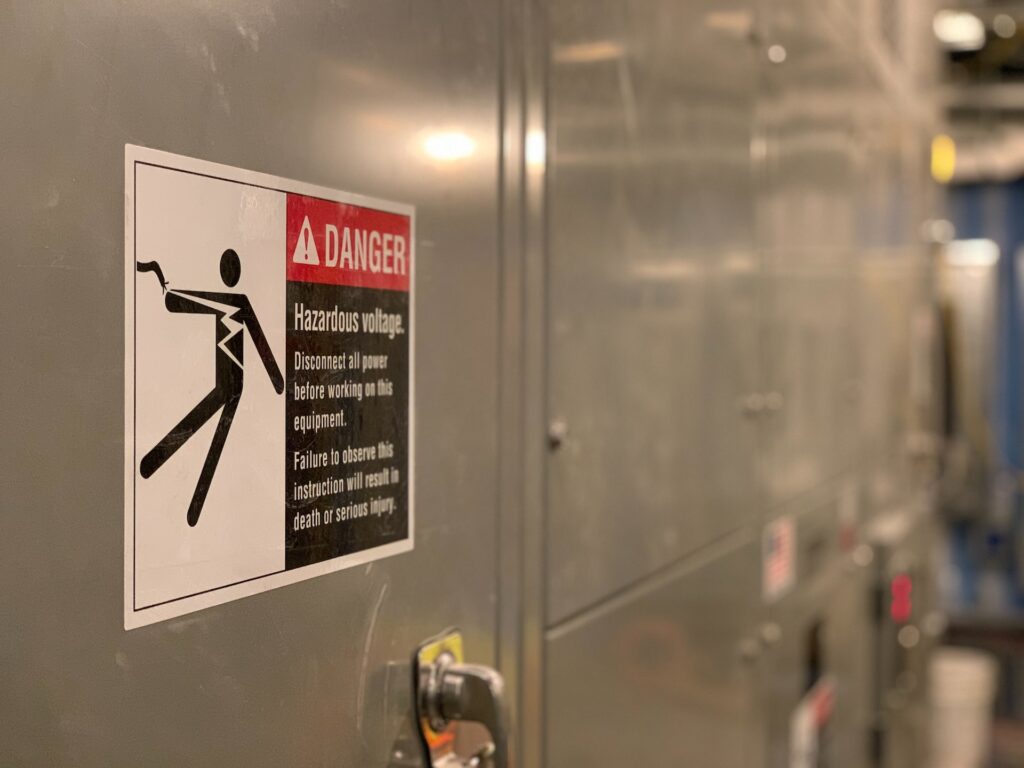FDM 3D printing is widely used for creating prototypes and functional parts across various industries. However, achieving optimal strength and precision in FDM 3D printed parts can be challenging due to the nature of the printing process. This article explores several techniques that can significantly improve the mechanical strength and dimensional accuracy of FDM 3D printed objects for printing enthusiasts in Malaysia and other countries..
Optimal Layer Height and Orientation
Layer Height: One of the simplest yet most effective ways to enhance both strength and precision in FDM printing is adjusting the layer height. Thinner layers adhere better to each other, which not only improves the strength but also significantly enhances the print’s detail and surface smoothness.
Orientation: The orientation of the print on the build platform can drastically affect its strength and accuracy. Orienting a part to minimize overhangs and support can reduce post-processing and potential flaws in the final print. Additionally, orienting parts to bear loads along the Z-axis can improve their load-bearing capacity because layers are less likely to separate under stress.
Wall Thickness and Infill Optimization
Wall Thickness: Increasing the number of walls (perimeters) in your print settings directly correlates with the part’s strength. More walls mean more material at the outer edges, which helps in resisting external forces. For parts requiring high strength, a higher wall thickness is recommended.
Infill Patterns and Density: The internal structure, or infill, of your print plays a crucial role in its overall strength. While higher infill density generally means stronger parts, it also increases material usage and print time. Choosing the right infill pattern is also crucial; patterns like triangles or hexagons offer better strength than linear patterns.
Temperature Management and Cooling
Extrusion Temperature: Proper management of the extrusion temperature can significantly impact the strength of the print. A slightly higher temperature than usual can improve the interlayer adhesion, thus enhancing the part’s overall strength.
Cooling: Cooling fans help solidify the extruded plastic quickly, which is crucial for achieving high dimensional accuracy and preventing warping. However, too much cooling can weaken the bonds between layers. Balancing cooling settings based on the material and part geometry is key to optimizing print quality.
Material Selection
Different materials offer varying levels of strength, flexibility, and precision. For instance, PLA is great for detailed prints with good aesthetic quality, while ABS and PETG provide stronger and more temperature-resistant options. The choice of material should align with the specific requirements of the print job.
Use of Advanced Software Settings
Modern slicing software offers advanced settings that can tweak every aspect of the printing process. Utilizing these settings to adjust speeds for different sections of the print, altering retraction settings to reduce stringing, and modifying z-seam alignment to hide or strategically position start/stop points can all contribute to a higher quality final product.
Conclusion
Enhancing the strength and precision of FDM 3D prints involves a combination of proper print setup, thoughtful design considerations, and optimal material usage. By adjusting layer heights, part orientation, wall thickness, infill settings, and temperature controls, along with selecting appropriate materials, makers can achieve superior quality in their FDM 3D prints. These adjustments not only improve the physical properties of the prints but also enhance their appearance and functionality.

